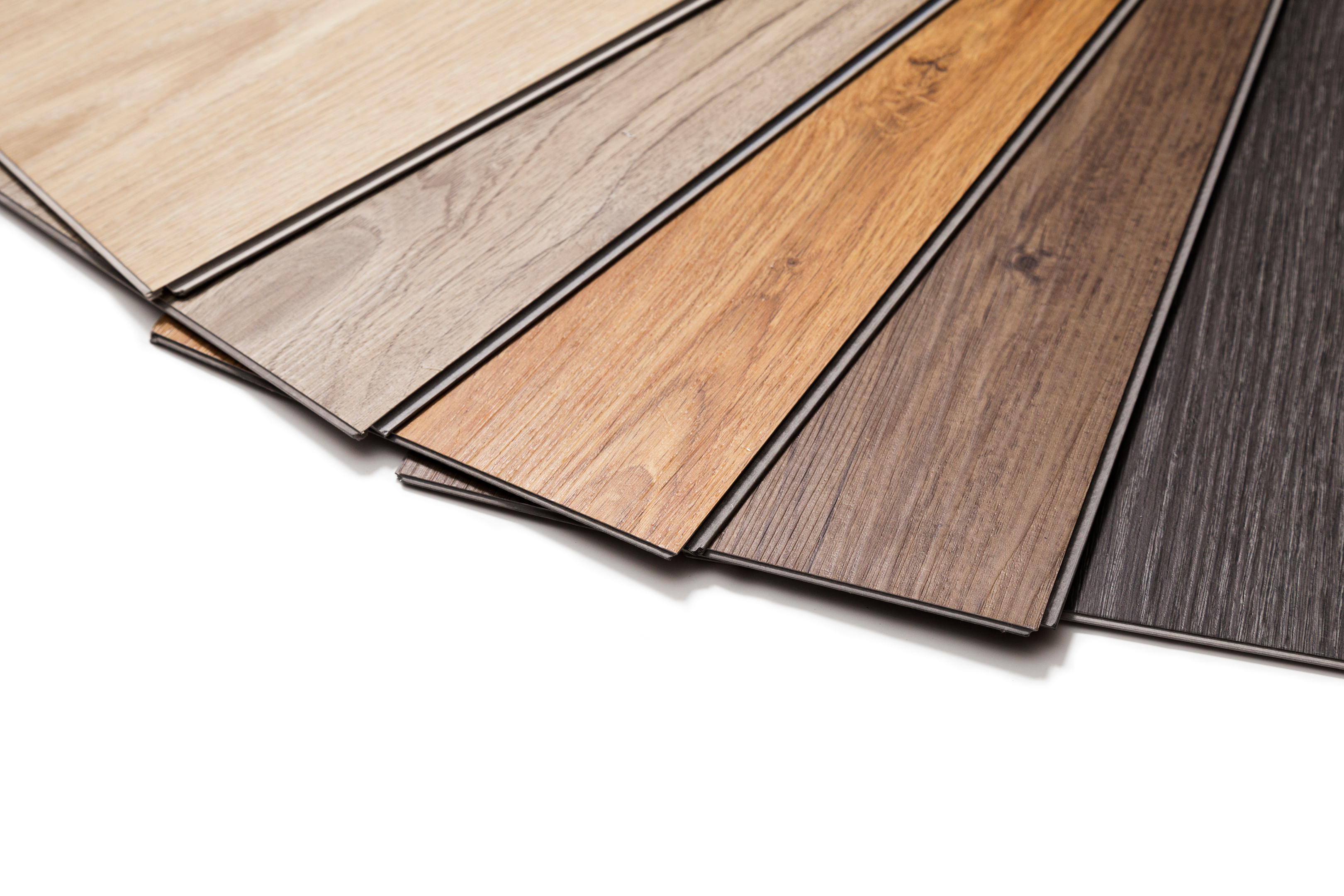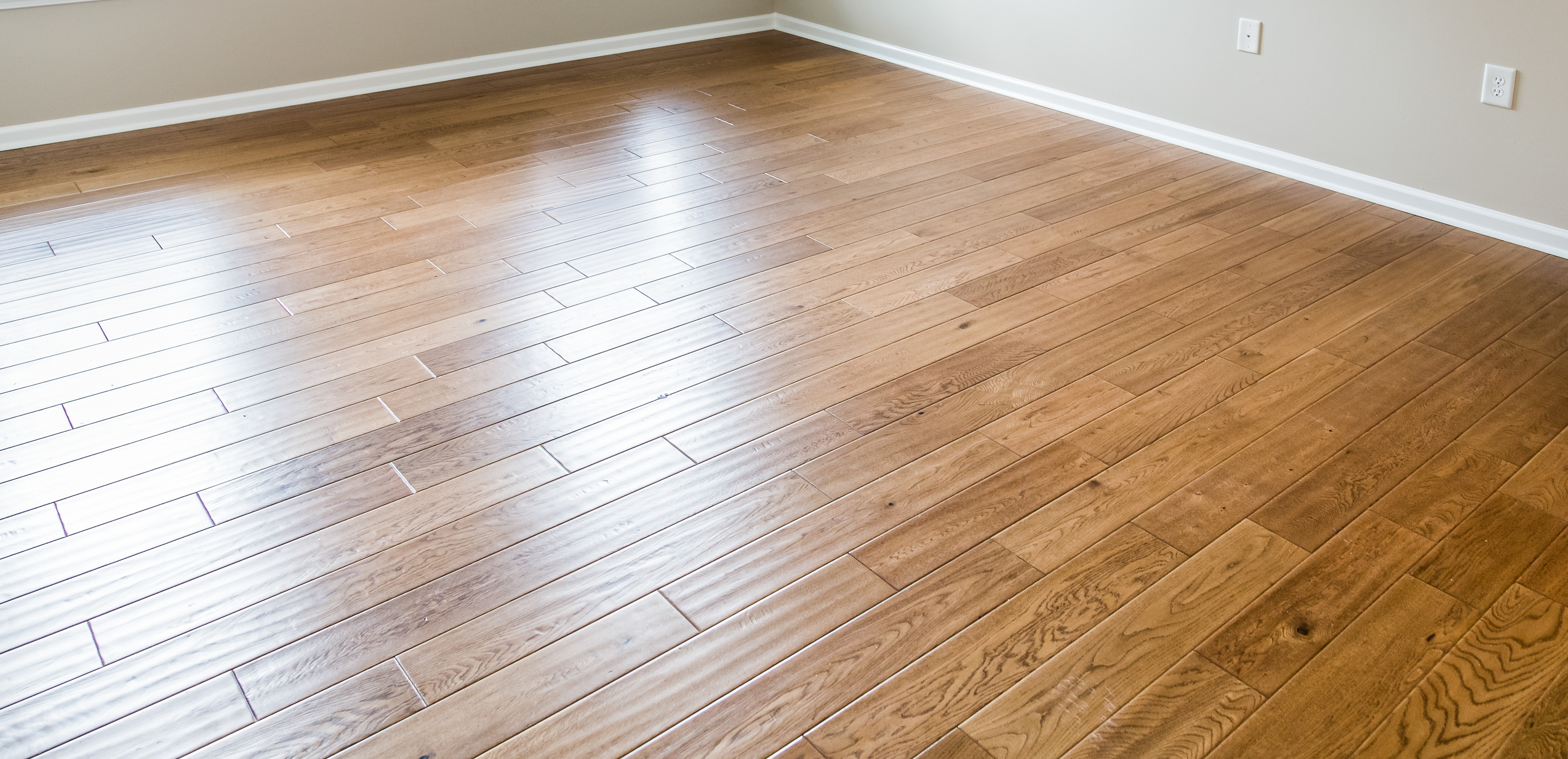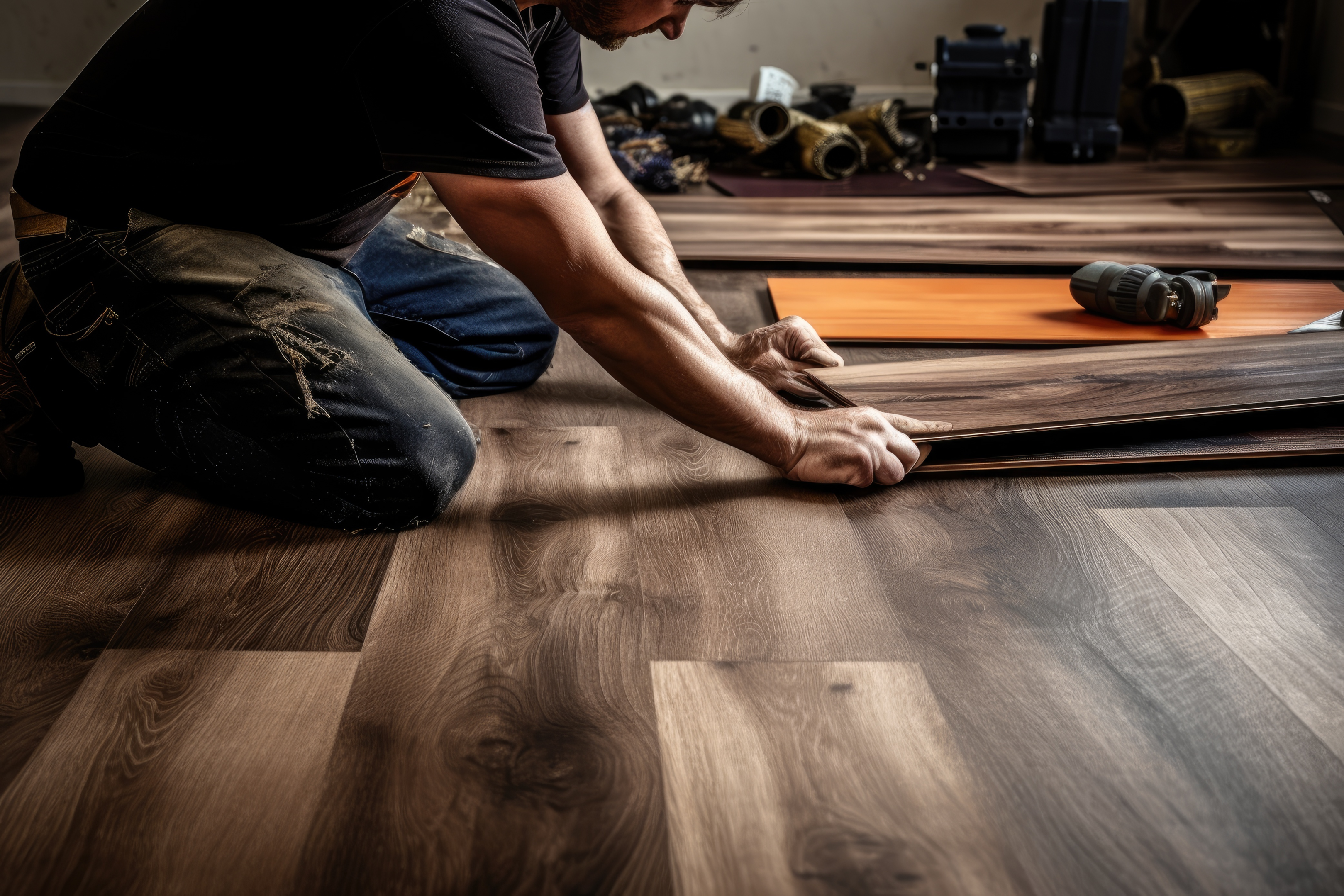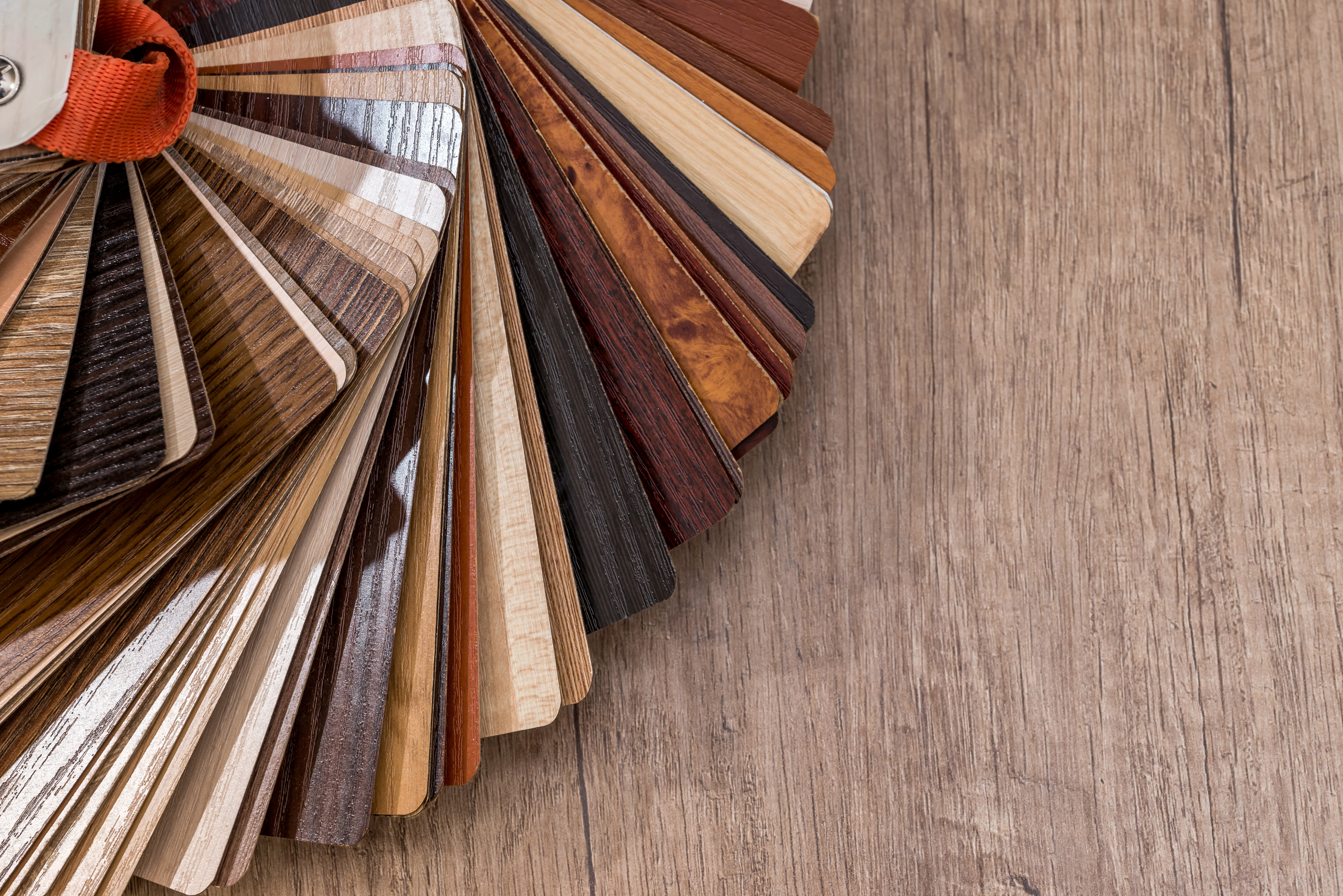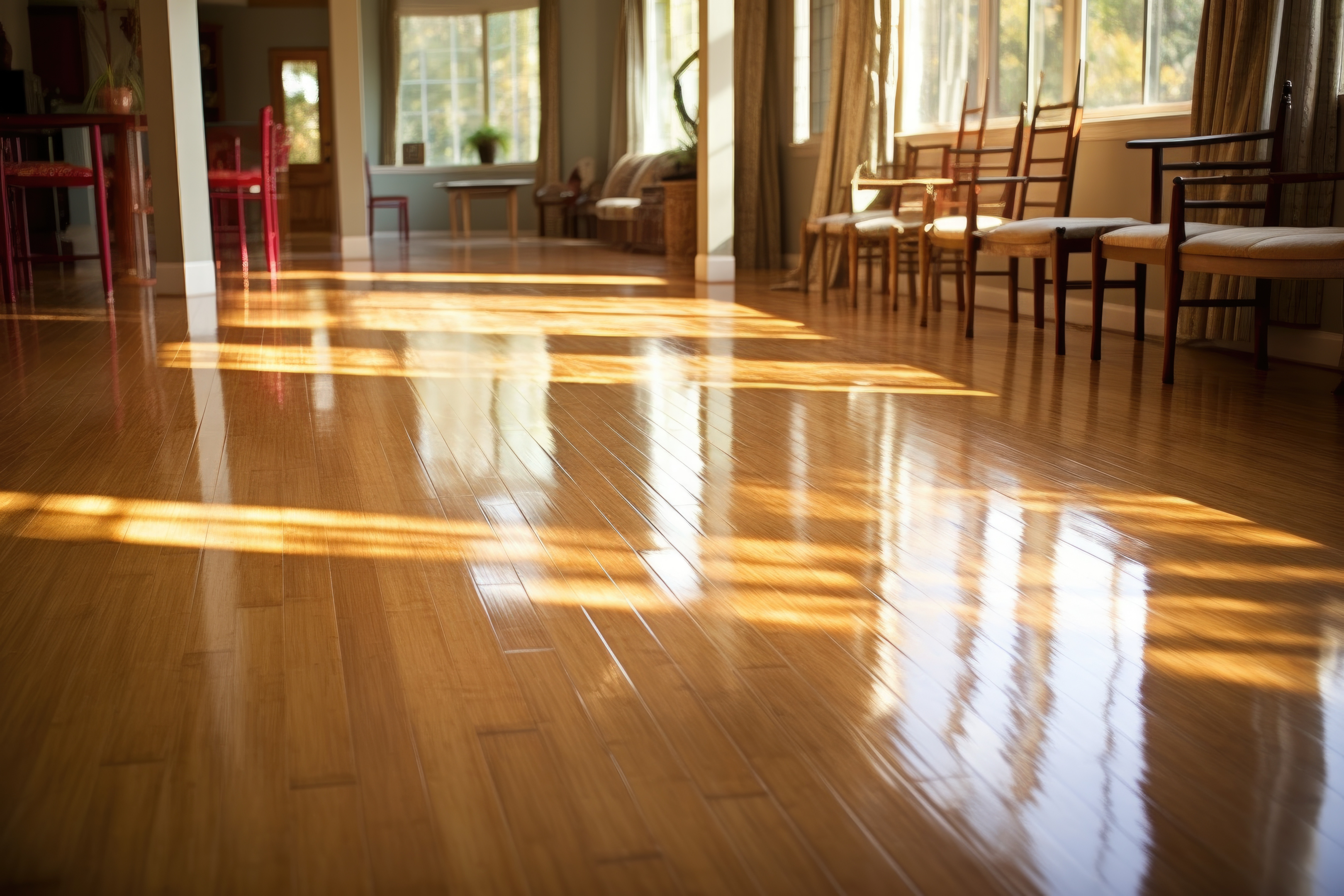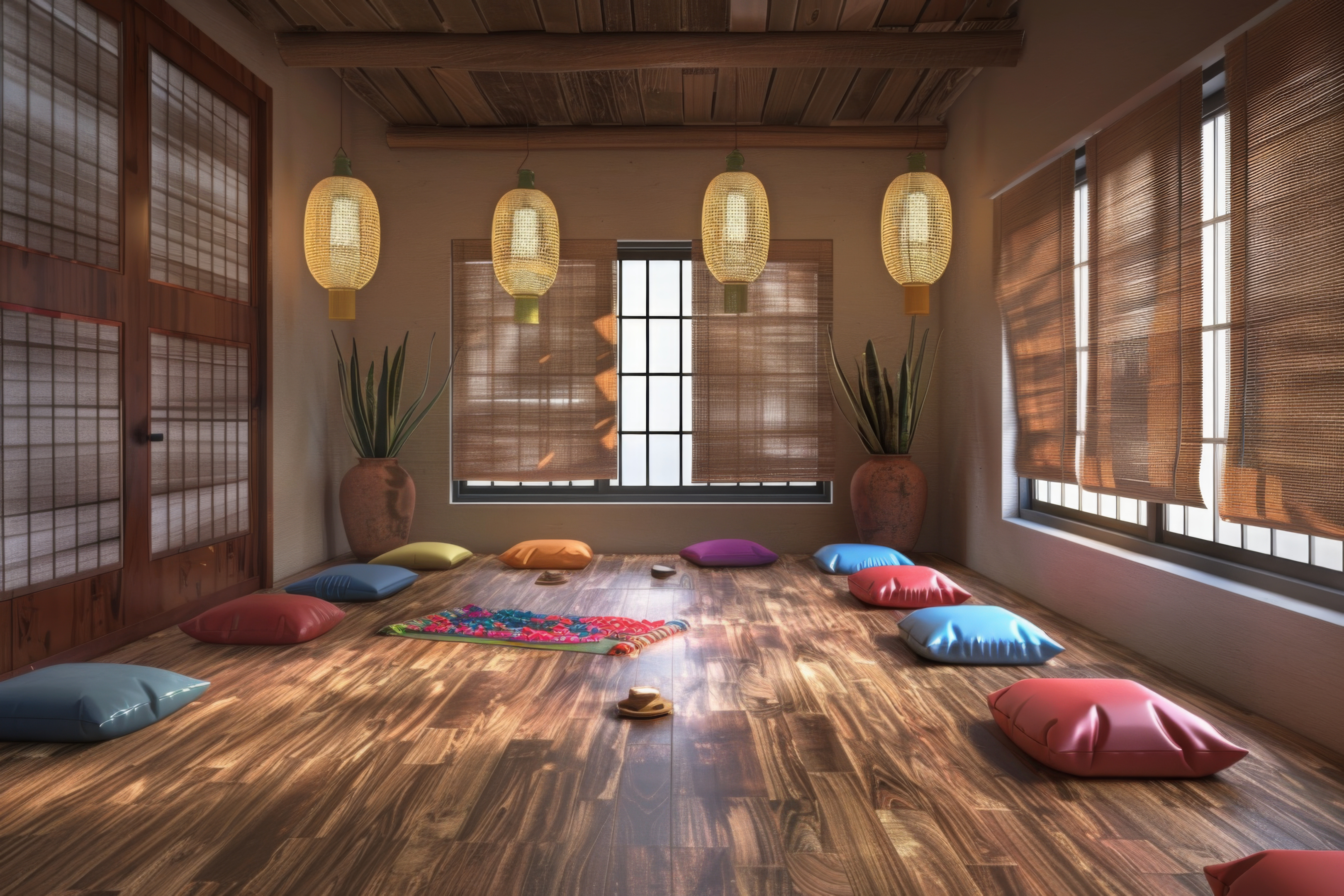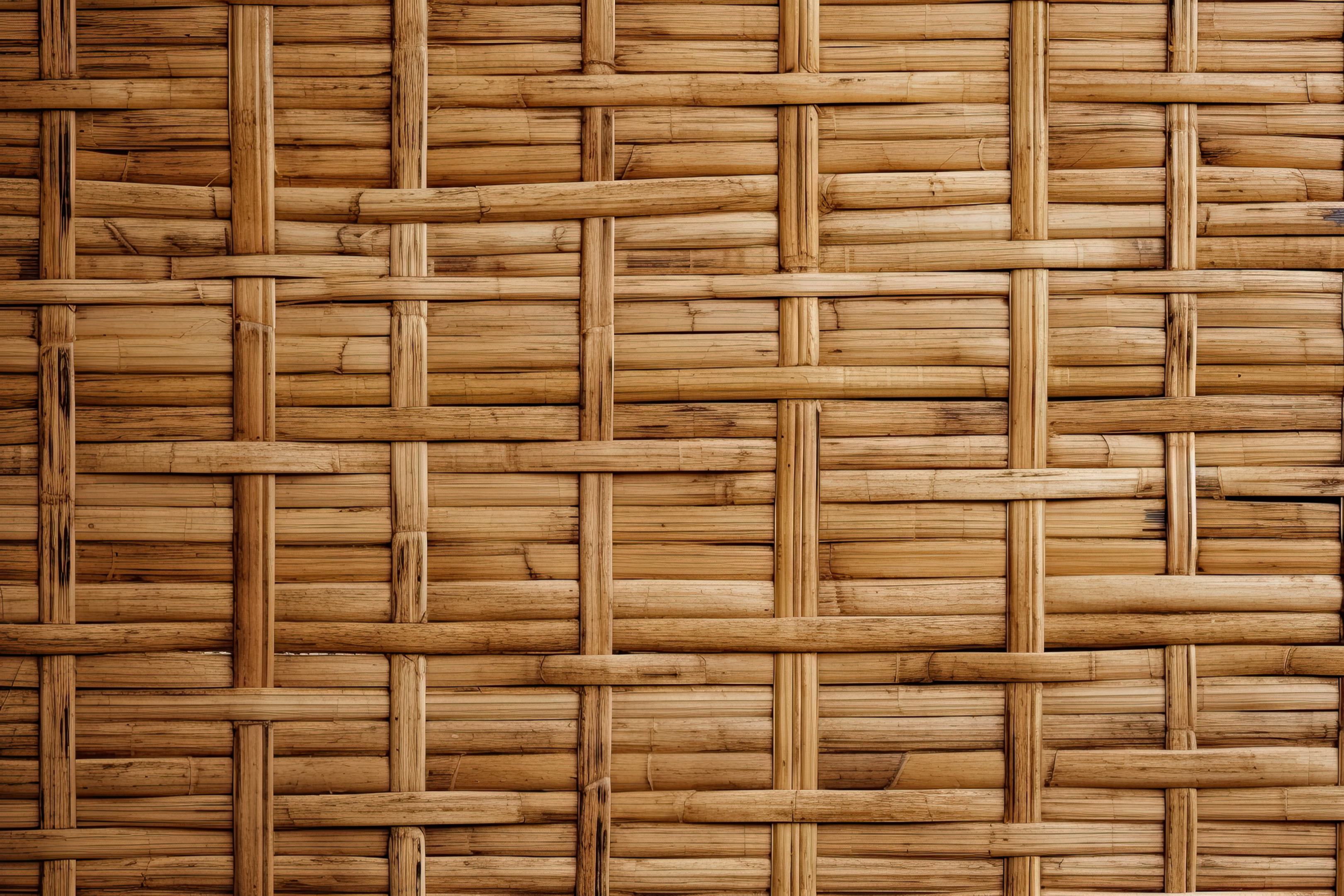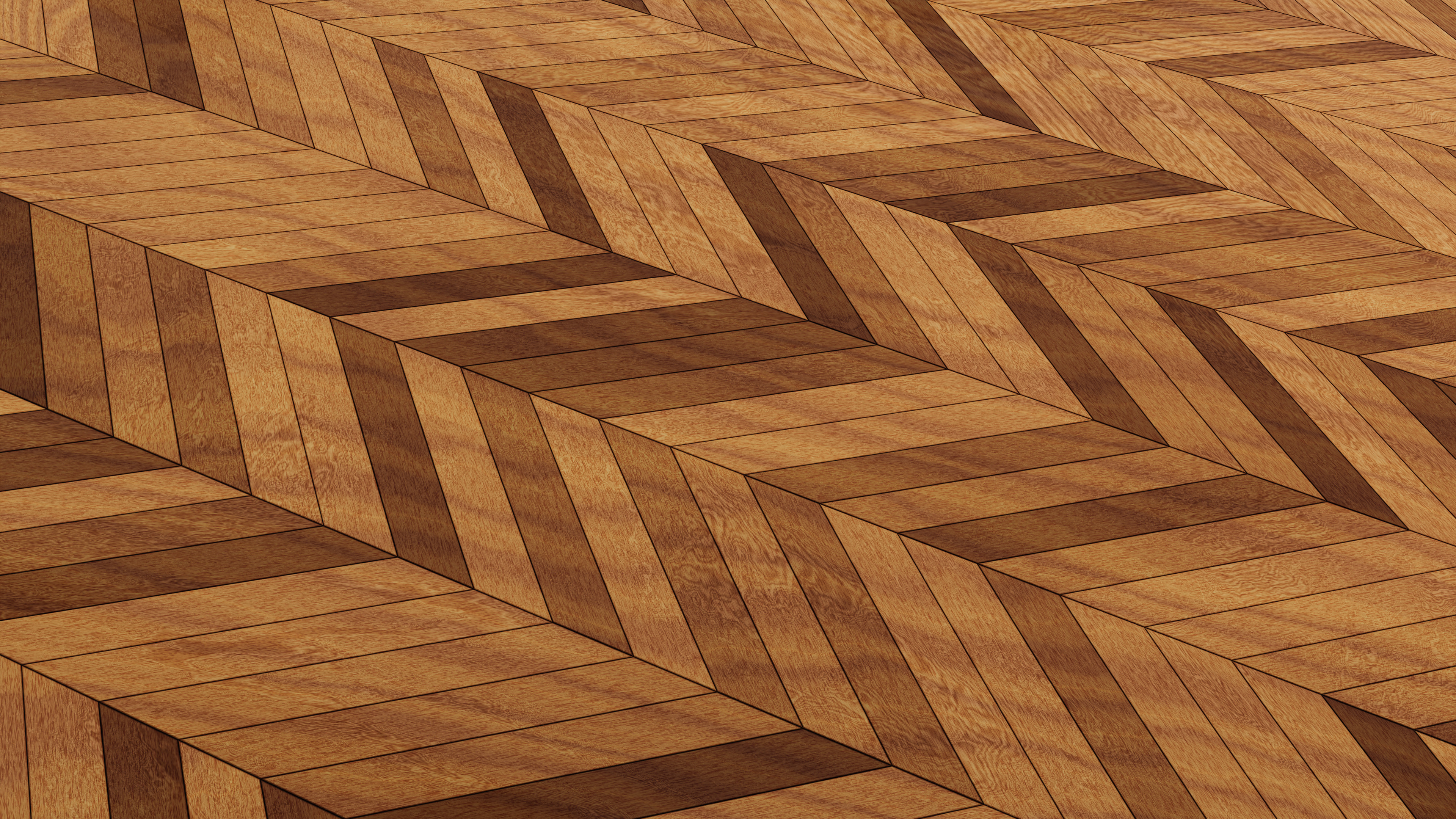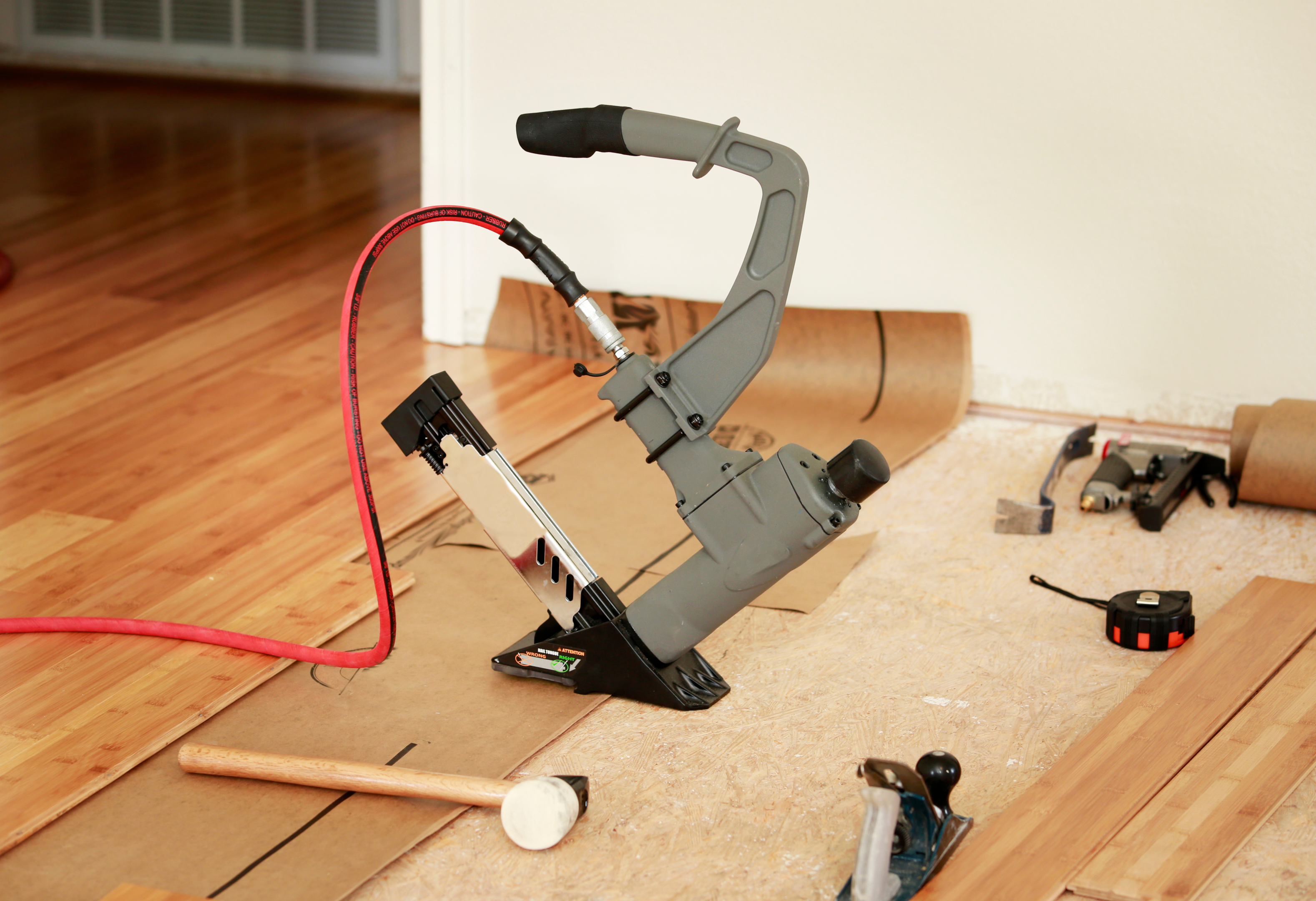Looking for new flooring? Bamboo flooring offers key benefits, including its durability, eco-friendliness, and stylish appearance. This article will explore these benefits of bamboo flooring in detail.
Key Takeaways
- Bamboo flooring is a durable and sustainable alternative to traditional hardwood, resistant to moisture and insects, providing a long-lasting investment for homes.
- It offers a stylish aesthetic that complements various interior designs, available in multiple styles while also minimizing maintenance and cleaning efforts.
- With its eco-friendly properties, including a rapid growth cycle and low VOC levels, bamboo flooring contributes to healthier indoor environments and is a cost-effective flooring option.
Bamboo flooring, made from processed bamboo plants and bamboo materials, is recognized for its sleek and stylish appearance. This versatile and eco-friendly bamboo plant flooring option has become a popular choice among homeowners and architects, offering numerous advantages, including durability, style, and sustainability.
Durability and Strength
Bamboo flooring is celebrated for its durability and strength, making it a great choice for both residential and commercial settings. Compared to traditional hardwood flooring, bamboo offers similar, if not superior, resilience, ensuring it can withstand the test of time. This strength translates into fewer repairs and replacements, making bamboo flooring a long-lasting investment.
The durability of bamboo flooring is not solely dependent on the material itself but also on the manufacturing process. High-quality bamboo flooring products are crafted to enhance their strength and longevity, ensuring you get the most out of your investment.
Strand Woven Bamboo
Strand woven bamboo flooring is renowned for its exceptional durability. This type of bamboo flooring is created by interlocking fibers of shredded bamboo stalks with resins, resulting in a product that is two to three times denser than other types of bamboo flooring. This process gives strand woven bamboo a hardness that surpasses many hardwoods, making it a robust choice for high-traffic areas.
The manufacturing process of strand woven bamboo not only enhances its durability but also its aesthetic appeal. The interlocking fibers create a unique texture and appearance that adds a distinctive touch to any room, making it a popular choice for those looking to combine strength with style.
Resistance to Wear and Tear
Bamboo flooring is known for its ability to resist wear and tear, comparable to red oak hardwood, which makes it a durable option for residential areas. Its dimensionally stable nature allows it to adapt to variations in temperature and humidity, further enhancing its longevity.
However, like any flooring material, bamboo can exhibit scratches from common household items such as pet claws, furniture legs, and high heels. Despite this, bamboo flooring generally holds up well against daily wear and tear, making it a practical and resilient choice for your home.
Eco-Friendliness and Sustainability

One of the standout features of bamboo flooring is its eco-friendliness and sustainability. Bamboo is classified as a grass, allowing it to grow back rapidly after harvesting, making it a renewable resource. This rapid growth cycle means that bamboo can reach maturity within 3 to 5 years, significantly faster than the decades required for hardwood trees.
The environmental impact of bamboo flooring is also minimized through its low-impact cultivation and hand-harvesting processes, which help preserve surrounding ecosystems. Additionally, many bamboo flooring options are low in volatile organic compounds (VOCs), making them safer for indoor air quality and contributing to a healthier living environment.
Rapid Growth Cycle
Bamboo’s rapid growth cycle is one of its most attractive features. Unlike hardwood trees that can take decades to mature, bamboo typically reaches maturity in just 3 to 5 years. This quick growth not only makes bamboo a more sustainable alternative but also ensures a steady supply of high-quality bamboo flooring materials for various applications.
Renewable Resource
As a natural bamboo and renewable resource, bamboo flooring is an eco-friendly choice for environmentally conscious homeowners. Its ability to grow quickly and replenish itself minimizes its environmental impact, making it a sustainable alternative to traditional hardwood flooring.
Aesthetic Appeal

Bamboo flooring offers a distinctive aesthetic that is often compared to hardwood, providing a similar visual appeal with its uniform texture and unique horizontal lines. This makes bamboo flooring an excellent choice for homeowners looking to enhance the visual appeal of their spaces with a trendy and modern material.
The versatility of bamboo flooring allows it to seamlessly blend with various interior decor styles, from contemporary to traditional. Its natural beauty and sleek appearance can instantly transform the atmosphere of any room, making it a popular choice among designers and homeowners alike.
Natural Beauty
The natural beauty of bamboo flooring is evident in its light amber or blonde color, which adds a warm and inviting feel to any space. For those looking for a deeper color, the carbonization process can be used to achieve a richer, more intense hue, further enhancing the aesthetic appeal of bamboo flooring.
Versatile Style Options
Bamboo flooring is available in various styles, including horizontal bamboo flooring and vertical orientations, allowing homeowners to choose the look that best suits their decor. This versatility ensures that bamboo flooring can complement a wide range of interior design styles, from minimalist to eclectic.
Easy Maintenance and Care

Maintaining bamboo flooring is relatively easy, making it a practical choice for busy households. Regular sweeping and mopping are essential to keep the floor clean and free from dirt and debris, which can cause scratches over time. Using a pH-neutral cleaner when mopping helps avoid damage and maintains the floor’s appearance.
The smooth surface of bamboo flooring prevents the accumulation of dust and allergens, contributing to a healthier indoor environment. Additionally, bamboo flooring can be refinished, similar to hardwood, which extends its lifespan and allows for the restoration of its original beauty.
Regular Sweeping and Mopping
Regular maintenance is crucial for protecting bamboo flooring from dirt and damage. Daily sweeping or vacuuming with a soft brush or broom helps keep the floor clean, while occasional damp mopping with a mild solution maintains its appearance.
It’s important to use non-wax, non-alkaline hardwood or bamboo floor cleaners to avoid damage.
Repair and Refinishing
Bamboo flooring can be repaired and refinished to restore its appearance and prolong its lifespan. Scratches and wear can be addressed through refinishing, which involves sanding down the surface and applying a new finish.
However, it’s important to note that some engineered bamboo floors may not be suitable for refinishing due to their construction.
Cost-Effectiveness
Bamboo flooring is a cost-effective alternative to hardwood, generally priced about one-third less. The price range for bamboo flooring materials typically falls between $2 to $8 per square foot, while installation costs can range from $7 to $20 per square foot. This affordability makes bamboo flooring an economical choice for homeowners looking to achieve a high-quality look without breaking the bank.
When maintained properly, bamboo flooring can last for decades, providing significant long-term savings due to its durability. This long-term investment value makes bamboo flooring a smart choice for budget-conscious homeowners who still want a stylish and durable flooring option.
Affordable Pricing
Bamboo flooring is a cost-effective option for homeowners looking for affordable flooring solutions. With prices ranging from $5 to $15 per square foot, bamboo flooring cost offers significant savings compared to traditional hardwood floors, allowing homeowners to achieve their desired aesthetic without overspending.
Long-Term Investment
Over its lifespan, bamboo flooring has a higher durability rating, which contributes to its cost-effectiveness. The user-friendly designs of bamboo flooring can also lower labor costs during installation, making it an even more attractive option for homeowners.
Water Resistance

Bamboo flooring is known for its water-resistant properties, making it suitable for areas in the home where moisture is a concern. Its dimensionally stable nature allows it to handle temperature and humidity changes effectively, preventing issues such as warping and swelling.
However, it’s important to ensure that mops are just damp and not soaking wet to avoid excess water on the floor.
Better Than Hardwood
When comparing bamboo flooring to hardwood, bamboo displays a more water-resistant quality, making it a better option for areas susceptible to humidity. This superior resistance to moisture ensures that bamboo flooring can maintain its integrity and appearance even in challenging environments.
Precautions for High Humidity Areas
In high humidity areas, it’s crucial to take precautions to protect bamboo flooring from moisture damage. Excessive moisture can cause bamboo flooring to warp, grow mold, or crack over time.
To mitigate these risks, ensure proper ventilation and consider using humidity control systems to maintain a stable indoor environment.
Hypoallergenic Properties
Bamboo flooring offers pest resistance due to its natural antifungal and antibacterial properties, making it a healthy choice for any home. Its smooth surface prevents dust and allergens from accumulating, contributing to a healthier indoor environment. Additionally, considering the bamboo flooring pros can help you make an informed decision.
These hypoallergenic properties make bamboo flooring an ideal choice for homes with allergy sufferers.
Non-Allergenic Surface
Bamboo flooring’s hypoallergenic properties make it less likely to trigger allergic reactions in sensitive individuals. Unlike carpets and other flooring types, bamboo flooring does not trap dust and allergens, creating a healthier indoor environment.
This makes it an excellent choice for homes where maintaining good air quality is a priority.
Suitable for Allergy Sufferers
For allergy sufferers, bamboo flooring is a recommended option due to its low volatile organic compound (VOC) levels and hypoallergenic nature. When purchasing bamboo flooring, sensitive individuals should look for high-quality products with low VOCs to reduce the presence of harmful allergens.
This ensures a healthier indoor environment that is ideal for those with allergies.
Installation Flexibility
A significant advantage of bamboo flooring is its flexibility in installation methods. Various techniques, including floating, nail-down, and glue-down options, allow homeowners to choose the installation method that best suits their needs and the specific conditions of their home. Floating floor installation is particularly popular due to its ability to accommodate expansion and contraction, making it a flexible and practical choice.
Additionally, glue-down installation involves spreading adhesive on the subfloor and laying bamboo planks directly onto it, which can be used over concrete subfloors. Nail-down installation provides the tightest results for solid bamboo floors, offering a secure and durable fit.
The choice of installation method can significantly impact the overall performance and longevity of bamboo flooring.
Floating Floor Installation
Floating floor installation involves connecting bamboo planks to each other, allowing them to float over the subfloor. This method accommodates expansion and contraction, preventing cracks and making it suitable for DIY projects.
The ‘click-lock’ system used in floating bamboo floors means that the edges of the planks interlock mechanically, simplifying the installation process.
Nail-Down and Glue-Down Methods
The nail-down method provides a strong and secure fit by secret-nailing the planks to the subfloor. This installation technique ensures stability and ease of replacement if necessary.
The glue-down method, on the other hand, involves adhering the planks directly to a prepared subfloor, offering a stable and durable installation.
Summary
Bamboo flooring offers a multitude of benefits that make it an excellent choice for any home. Its durability and strength, combined with eco-friendliness and sustainability, provide a flooring option that is both practical and environmentally responsible. The aesthetic appeal and easy maintenance of bamboo flooring further enhance its attractiveness, making it a versatile choice that complements various decor styles.
Cost-effectiveness, water resistance, hypoallergenic properties, and installation flexibility add to the reasons why bamboo flooring is a smart investment. By choosing bamboo flooring, homeowners can enjoy a beautiful, durable, and sustainable flooring solution that meets their needs and contributes to a healthier living environment. Consider bamboo flooring for your next home improvement project and experience the myriad benefits it has to offer.
Frequently Asked Questions
How durable is bamboo flooring?** **?
Bamboo flooring is highly durable, often lasting for decades with appropriate maintenance. It matches the strength and resilience of traditional hardwood, making it an excellent choice for both residential and commercial environments.
Is bamboo flooring eco-friendly?** **?
Bamboo flooring is eco-friendly due to its rapid growth and quick replenishment, making it a sustainable alternative to traditional hardwood options. This characteristic highlights its potential to reduce environmental impact significantly.
What are the maintenance requirements for bamboo flooring?** **?
Bamboo flooring requires regular sweeping and mopping using a pH-neutral cleaner, while avoiding excessive moisture to maintain its condition. Adhering to these guidelines will ensure the longevity and appearance of your bamboo floors.
Can bamboo flooring be installed in humid areas?** **?
Bamboo flooring can be installed in humid areas, but it is essential to implement proper ventilation and humidity control to prevent moisture damage. Taking these precautions will help maintain the flooring’s integrity over time.
Is bamboo flooring suitable for homes with allergy sufferers?** **?
Bamboo flooring is indeed suitable for homes with allergy sufferers due to its hypoallergenic properties and its ability not to trap dust and allergens. This makes it an excellent choice for creating a healthier living environment.


















